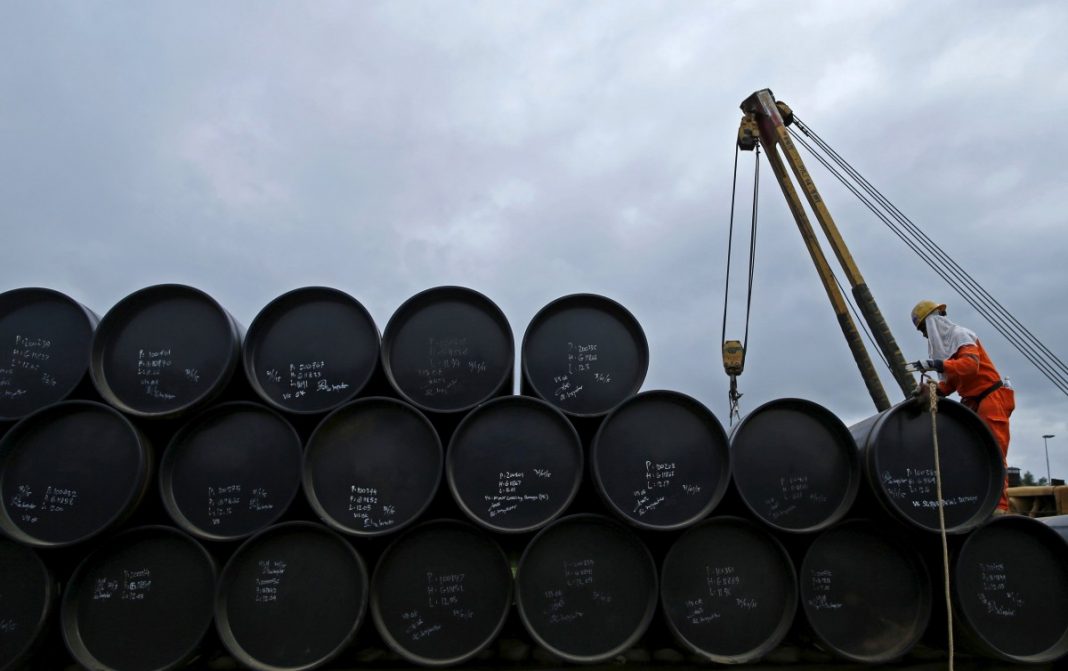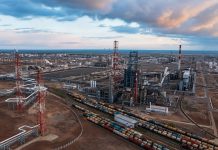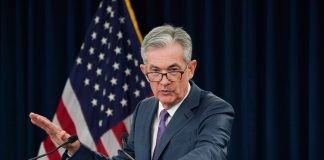The OPEC+ countries could proceed to a more aggressive increase in crude oil production which could add to the imbalance in the market
Oil prices finish the year around the $50 threshold, having gradually recovered from lows below $20 seen in April when the coronavirus pandemic send risky assets plunging across the board. Brent crude climbed to $46 by August but came under renewed selling pressure and dipped below $37 in November. Nevertheless, the futures managed to refrain from a deeper retreat and made a reversal that took the prices to March highs above $52 this month. As such, from January peaks, Brent has declined by $20, having found a balance around $50.
Next year, oil prices are expected to extend the recovery as global vaccination should help to defeat the pandemic and thus pave the way to economic recovery. This in turn could brighten the outlook for global energy demand and thus push Brent higher. However, there are downside risks for the oil market as well. First, the recovery in economic activity and oil demand could prove slower than expected. Second, the existing vaccines may turn out not as effective as expected by experts and investors. Third, the OPEC+ countries could proceed to a more aggressive increase in crude oil production which could add to the imbalance in the market.
From the technical point of view, a significant barrier for bulls arrives around $56. If the market receives enough drivers to challenge this barrier, further gains could be expected in the longer term. On the positive side, Brent crude has settled above the descending 20-monthly MA that arrives just at the $50 figure now. As long as the futures stay above this level, downside risks are limited in the short term. As a reminder, the OPEC+ meeting is scheduled for January 4th. The event will set the tone for the market during the first trading week of 2021.





























